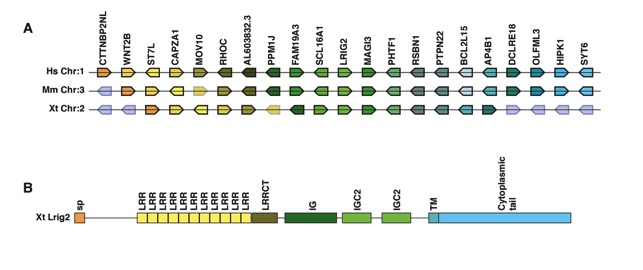Karel Dorey Laboratory


Motor neurons (MNs) carry information from the spinal cord to the muscles. Functional MNs develop over several steps beginning with the establishment of progenitor domains in the neural tube. Then, axons from MN cell bodies exit the cord and elongate towards their targets, following guidance cues. Finally, synapses form at neuromuscular junctions and transmit electrical impulses to generate contraction. Diseases affecting MNs have devastating effects and so far no viable therapeutic solution has been developed. Our preliminary data have identified Leucine-Rich Repeats and Immunoglobulin-Like Domains 2 (Lrig2) as an essential protein for the establishment of functional MNs in Xenopus. Importantly, LRIG2 loss-of-function causes urofacial syndrome (UFS), a congenital disease causing grimacing of the face and defects in bladder voiding.
We want to uncover the biological activity of Lrig2 during embryonic development, with a particular focus on neuronal development. To this end, we have developed Lrig2 loss-of-function and gain-of-function models in Xenopus tropicalis. Altogether these data will considerably advance our understanding of the role and activity of Lrig2 in neuromuscular development. It will pave the way to develop our Xenopus model as a testbed for drugs that can rescue the MN phenotype. In turn, these results will inform the logical design of novel biological therapies for clinical neuropathy.